Society
Viking society was a chieftain or clan society. A chieftain society differs from a state in that it has no central government. Instead it is ruled by several, even many chieftains or lords, each of whom has his own domain of influence. In order to maintain his power, a chieftain has to gain followers who will support him in an armed conflict if necessary, who will promote him as a leader and spread his fame, and who will pay him taxes in the form of a share of their crops, game, and other resources. In return the chieftain can be counted onto protect the rights and welfare of his supporters and to take their side in legal and other disputes. In times of famine or other disasters he would share his supplies to ensure their survival. Chieftain societies are competitive and often unstable and this instability may have played a role in the abandonment of Greenland and Vinland.
Erik the Red was one such chieftain who took his followers to Greenland in order to increase his wealth and status. The influence of his family was increased when his children explored Vinland. The explorations brought them fame and wealth. How this was accomplished is part of the Vinland mystery.
Chieftains’ power is based on the number of supporters they can muster, as well as the quality and wealth of the supporters. In a society such as that of the Norse, where business transactions did not involve money but goods, the chieftains wooed supporters with gifts of land, livestock, and goods and luxuries. The greater the gift, the more obligation the receiver owed in support.
A person’s bearing and leadership qualities were also factors in chieftainships, much like in today’s politics. A successful chieftain distinguished himself in warfare and trade; with impressive homes, clothing, jewellery, and worldly possessions to show their success. Chieftains strived to maintain their status of authority by hosting elaborate banquets, in festively decorated halls, serving as much food and drink as possible. Imported foods such as walnuts (which did not grow north of Denmark), oriental spices, and wine were used to impress the guests.
In mainland Scandinavia the Viking Age spells a transition from chiefdoms to kingdoms and states. Towards the end of the 9th century, King Harald ‘Fairhair’ of Norway won victories against a number of significant chieftains and kings and made them recognize him as their superior, a process that had been begun by his father, Halvdan the Black. This was the beginning of a centralized government. It was almost completed by his grandson, Olaf Tryggvason, who ruled c. 995 to 1000. A king was a chieftain who claimed descent from gods, but in power they differed little from chieftains. Harald Fairhair’s aspiration for supremacy was one factor prompting the emigration of Norwegian chieftains and their supporters to Iceland.
Denmark became a united kingdom in the latter half of the 10th century when King Harald Blacktooth subjugated all his competitors for power. In Sweden the process took longer, and Sweden was not a united kingdom until 1192. Iceland and Greenland remained chiefdoms (oligarchies) until 1262 to 1264 when the ruling chieftains of the day agreed to accept the Norwegian king as their overlord, in return for his support against competitors on the home front.
Although Iceland is often called the world’s oldest democracy, the Viking chieftain societies or kingdoms were not democracies as we understand them. The only ones who were equals among equals were the chieftains or lords and kings. Society was pyramidal, with a few chieftains or kings on the top. Immediately below them were well-to-do land owners whose wealth stemmed from the labour and taxes paid by the people who worked their land. These people were freehold and tenant farmers operating their own farms but paying taxes or rent in the form of labour and farm products. Below them was also a labour force of men and women serving as farm workers or domestics in return for payment in food and goods. Lowest on the scale were slaves. The slaves were prisoners of war captured in raids or purchased on slave markets in Europe. There were also Norse people who sold themselves into slavery. This was a desperate measure, but for the poor it was sometimes the only way they could obtain shelter, food, and clothes. The 11th-century poem Rigsthula, the Poem of Rig, spells out the differences between rich and poor.
Chieftainships and kingships were inherited, often, but not always, by the oldest son. Two brothers could also share the chieftainship. Women could not inherit this position, but a widow of a chieftain or king could function as a ruler. The difference between a chieftain or king and well-to-do land owners was minimal, and shifts between them were possible. Slavery was also inherited. Generally a slave could earn an extra income above what he or she had to give to the owner by performing special work. He or she could use such income to buy their freedom. However, it took a least three generations for the descendants of a freed slave to gain social acceptance.
Chieftain societies are rarely stable. Inherent in them is a constant competition for power by the chieftains. Competition between chieftains became the downfall of both Iceland and Greenland. By the 13th century power was divided among just a few chieftains fighting each other. To gain the upper hand one chieftain signed away his own independence and that of the whole country by allying himself with the Norwegian king. As a consequence the Norwegian crown gained the economic monopoly over Iceland in 1262 to 1264. This later led to an economic decline when Norway lost interest and ability to promote the well-being of Icelanders, yet still demanded taxes from them. Such a situation continued until 1944 when Iceland declared independence.
What happened in Iceland must also have happened in Greenland, although there is less documentation of events. In 1261 Greenland also became subjugated to the Norwegian king. There also, competition between chieftains hurt the common good as can be gleaned from the Story of Einar Sokkason. Chain mail armour dating from the late 13th century, found in a Norse shipwreck on Ellesmere Island, was probably intended for one such chieftain bent on impressing or fighting an adversary on his home turf. In the end such a situation is destructive unless power can be shared amicably or collected into one set of hands. We have no idea how the situations played out in Greenland.
Buildings
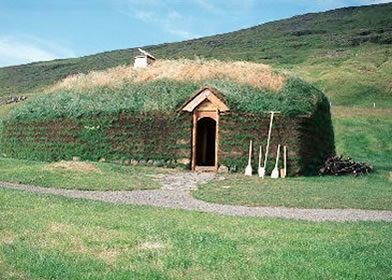
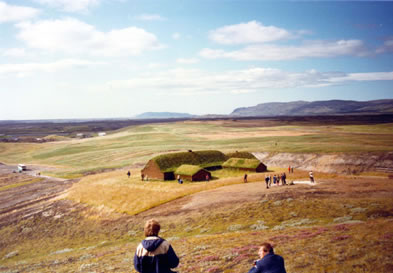
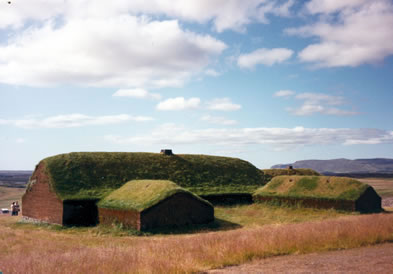
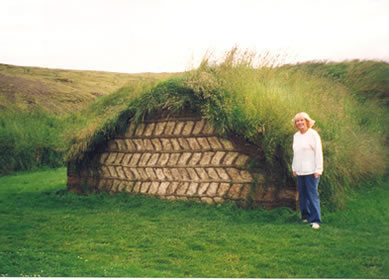
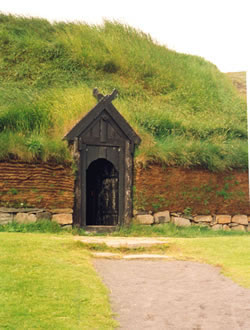
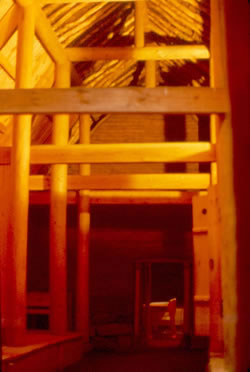
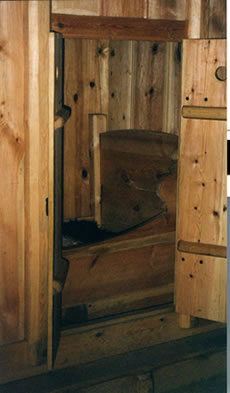
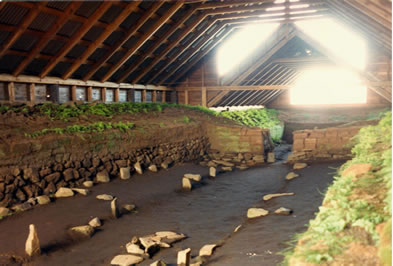
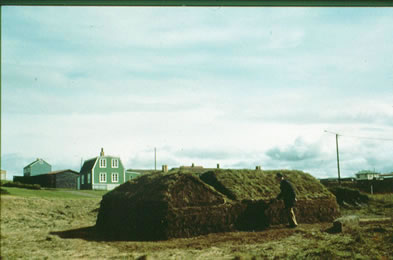

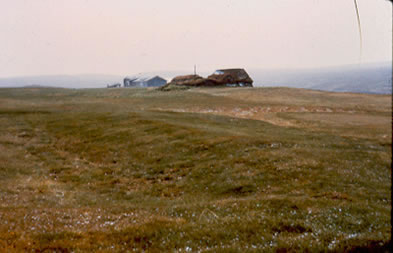
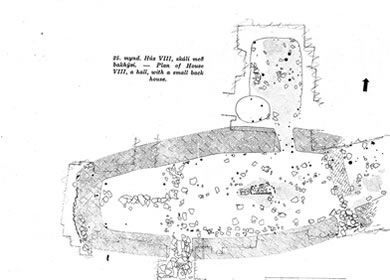
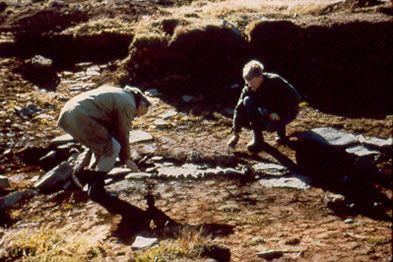
Household Inventory
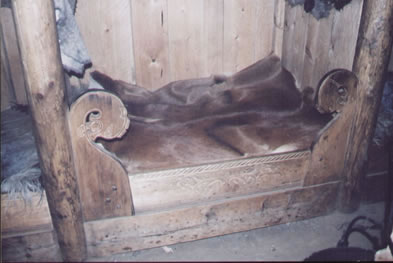
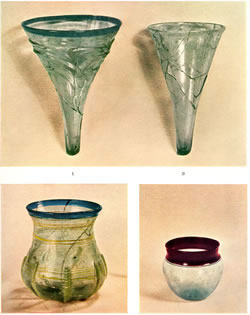
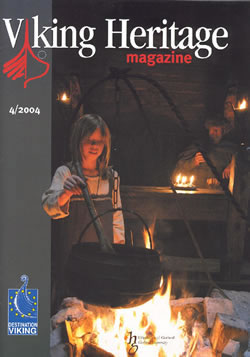
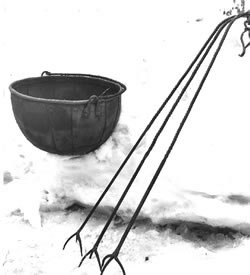
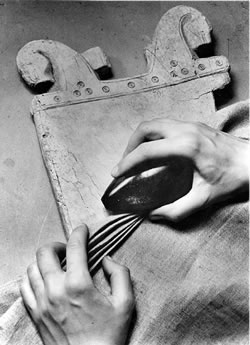
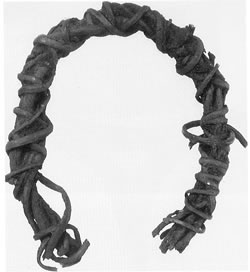
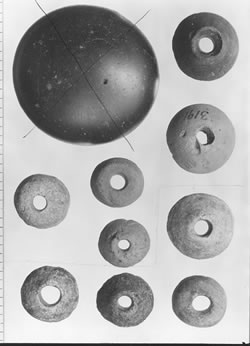
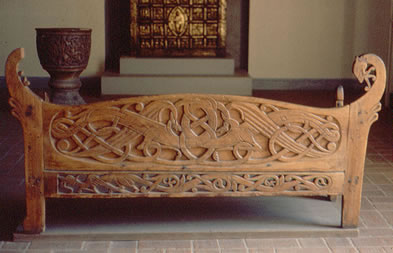
Books
Chapters in Books
- Keneva Kunz, trans., [Marriage and Divorce in] The Saga of the People of Laxardal, The Sagas of Icelanders: A Selection, preface by Jane Smiley, introduction by Robert Kellogg, 2000
- Bernard Scudder, trans., [Slavery in] Egil's Saga, The Sagas of Icelanders: A Selection, preface by Jane Smiley, introduction by Robert Kellogg, 2000
- Keneva Kunz, trans., [Education in] The Saga of the People of Laxardal, The Sagas of Icelanders: A Selection, preface by Jane Smiley, introduction by Robert Kellogg, 2000
- Bernard Scudder, trans., [Well-to-do farmers and Estate Owners in] Egil's Saga, The Sagas of Icelanders: A Selection, preface by Jane Smiley, introduction by Robert Kellogg, 2000
- Keneva Kunz, trans., [Sports in] The Saga of the People of Laxardal, The Sagas of Icelanders: A Selection, preface by Jane Smiley, introduction by Robert Kellogg, 2000
Internet Source
Buildings
Books
Chapters in Books
- Guðmundur Ólafsson, Eiríksstaðir: The Farm of Eiríkr the Red, Approaches to Vínland: A conference on the written and archaeological sources for the Norse settlements in the North-Atlantic, 2001
- Bernard Scudder, trans., [Booths in] Egil's Saga, The Sagas of Icelanders: A Selection, preface by Jane Smiley, introduction by Robert Kellogg, 2001
Maps
- Mårten Stenberger, Plan of the 11th-century hall at Skallakót in Thjorsardalur, Forntida gårdar i Island [Ancient Farms in Iceland], 1943
- Þór Magnússon, Hvítarholt VIII Fireplace, “Sögualdarbyggð í Hvítárholti”. Árbók hins íslenzka fornleifafélags, 1973
Household Inventory
Internet Source


![[ Social structure ] [ Social structure ]](../../images/site/165665_2.jpg)